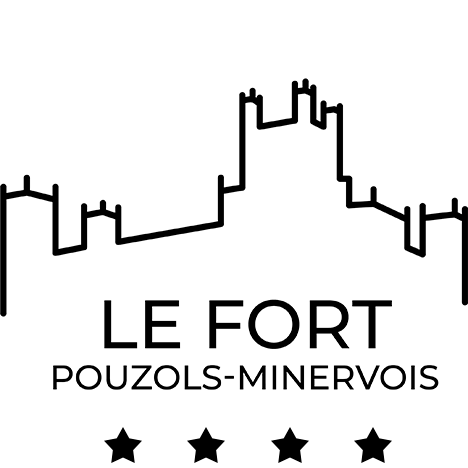- Language switcher
- About us
- The house
- Pouzols-Minervois
- Days out
- Béziers
- Bram
- Camargue
- Capestang
- Carcassonne
- Castelnaudary
- Castelnou
- Étang de Thau
- Fontfroide Abbey
- Fortress of Salses
- Gruissan
- Lagrasse
- Lastours
- Mèze
- Millau Viaduct
- Minerve
- Montolieu
- Montpellier
- Narbonne
- Olargues
- Oppidum of Ensérune
- Peyrepertuse
- Pézenas
- Pont du Gard
- Roquebrun
- Saint-Guilhem-le-Désert
- Saint-Jean-de-Fos
- Sète
- Sigean
- Skydiving in Lézignan-Corbières
- To the beach
- Uzès
- Wine tasting
- Contact
- Reservations
Roman origins
The Romans founded a town here along a Roman road in 60 BC and called it Eburomagus. Archaeological studies show that it was not circular like the current Bram. A interesting museum in the centre displays Roman items found nearby.
Modern Bram was born in the 12th century around a fortress church. The fortified town only had one gate, on the east side. Nothing remains of the original fortifications today.
Cathar Bram
Bram became a centre of Cathar beliefs. The Pope saw the Cathars as heritics. Simon de Montfort besieged the town in 1210 for 3 days. In revenge he cut off the top lip and nose of all prisoners and gouged out their eyes. He gouged out only one eye of the last prisoner, so that this prisoner could lead the others out of the town to the château of Lastours.
Bram outgrew its medieval walls in the 17th century and continued to expand in concentric circles around the old walls.
Visiting Bram
Le Fort Pouzols-Minervois to Bram takes about an hour by car (40 miles, 65 km). Bram is on the Canal du Midi, so a walk along the towpath, a visit to the lock or a short cruise are nice options.
The 14th century church of Saints Julien and Basilisse has an apse and bells that are historic monuments. Market days in the town is Wednesday morning.
Other things to do in the area
Bram is not far from the UNESCO World Heritage Site of Carcassonne, the famous Cathar stronghold that attracts visitors from all over the world. The old citadel gets very crowded though, especially in summer.
A good alternative perhaps is the Village of the Book, Montolieu. Castelnaudery, the world capital of cassoulet, is not far either. If you fancy visiting a proper castle without hordes of tourists, Lastours offers not one but four castles in a single beautiful location.

Book your stay at Le Fort Pouzols-Minervois
Book your stay today on any of these great websites or directly with us.
Contact us
Le Fort Pouzols-Minervois
11 Rue du Fort
11120 Pouzols-Minervois
Aude
France
Telephone +33 (0)9 77 21 84 62
info@le-fort-pouzols-minervois.fr

